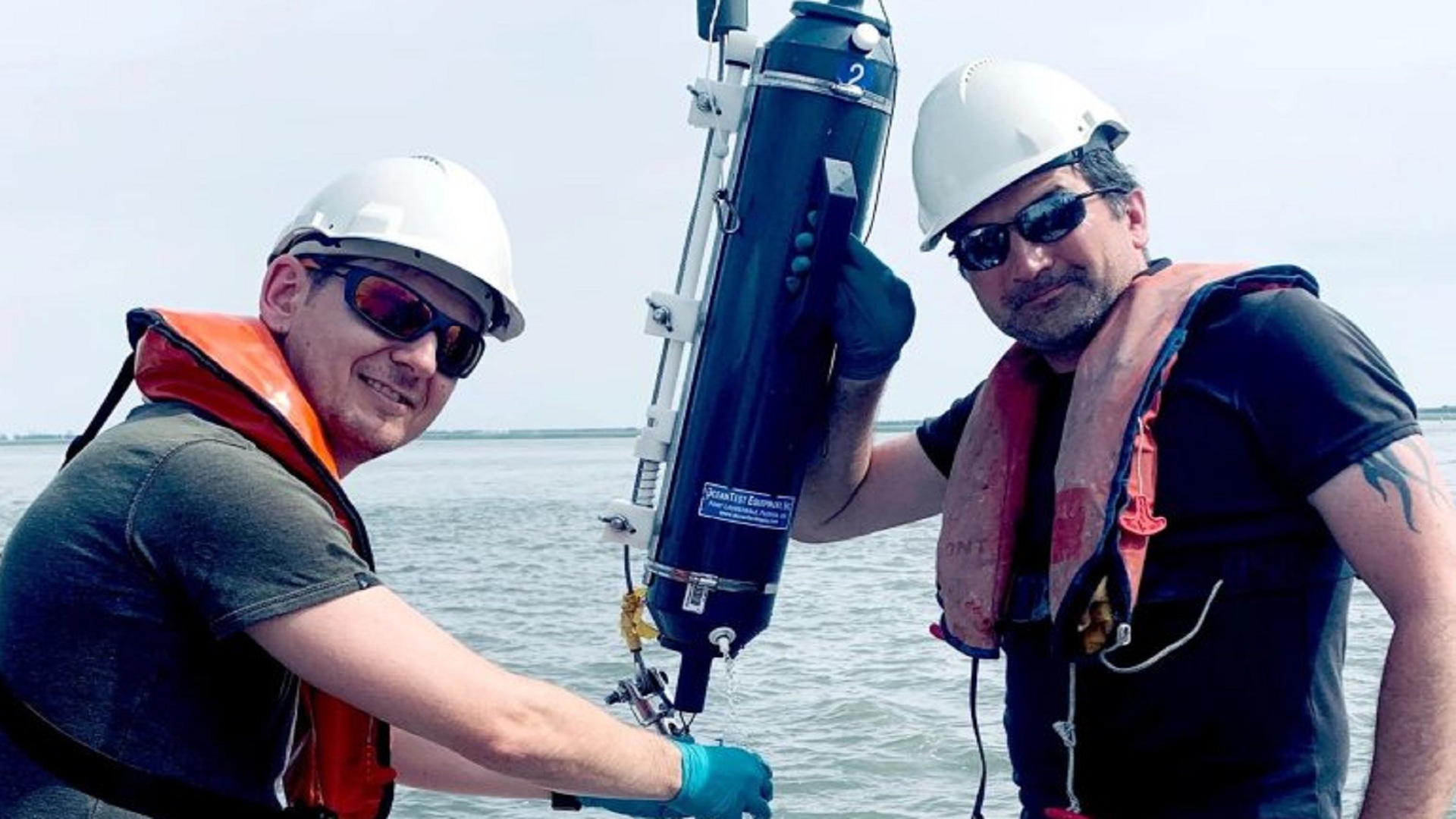A silent crisis is unfolding beneath the surface of our oceans, and it’s worse than feared.
Scientists from the Royal Netherlands Institute for Sea Research (NIOZ) and Utrecht University have uncovered a staggering 27 million tons of near-invisible nanoplastics drifting through the North Atlantic Ocean, posing a threat that can no longer be ignored.
This is the first real estimate of how much plastic pollution exists in the form of nanoparticles, tiny fragments smaller than one micrometer.
Until now, their presence had been confirmed in trace amounts, but the full scale remained unknown.
Tiny trash, massive threat
“This estimate shows that there is more plastic in the form of nanoparticles floating in this part of the ocean than there is in larger micro- or macroplastics floating in the Atlantic—or even in all the world’s oceans,” said Helge Niemann, researcher at NIOZ and professor of geochemistry at Utrecht University.
The team gathered water samples from 12 sites during a four-week expedition aboard the research vessel ‘RV Pelagia’.
They filtered out anything larger than one micrometer and analyzed the remaining material using mass spectrometry to detect plastic molecules too small to be captured by traditional ocean surveys.
“By drying and heating the remaining material, we were able to measure the characteristic molecules of different types of plastics in the Utrecht laboratory,” said master’s student Sophie ten Hietbrink, who led the sampling effort at sea.
Fallout from the skies
The nanoplastics can enter ocean waters through multiple routes. Larger plastic debris breaks down under sunlight, while river runoff carries particles from land.
Nanoplastics can also travel through the air, settling onto the ocean surface with rain or via dry atmospheric deposition.
These tiny plastics are far from harmless.
Scientists warn that they are already infiltrating the marine food web, affecting everything ranging from bacteria and plankton to fish and top predators, including humans.
Nanoplastics are known to breach biological barriers and have even been detected in human brain tissue, raising urgent concerns about their impact on ecosystems and health.
“How that pollution affects the ecosystem needs further investigation,” Niemann added.
The findings also help solve the puzzle of the “missing plastic”, the gap between the amount of plastic produced globally and the amount accounted for in environmental studies.
A significant portion, it now appears, has disintegrated into microscopic particles that conventional surveys have missed.
“There were a few publications that showed nanoplastics in ocean water, but until now, no estimate of the amount could ever be made,” Niemann said.
Armed with a €3.5 million grant, the research team plans to explore how these particles affect ecosystems, what types of plastics dominate, and whether nanoplastics are as widespread in other oceans. But researchers said that the biggest takeaway from the study is that the damage cannot be undone.
“The nanoplastics that are there can never be cleaned up,” Niemann warned. “So an important message from this research is that we must prevent further plastic pollution of our environment.”
The study was published on July 9 in the journal Nature.
